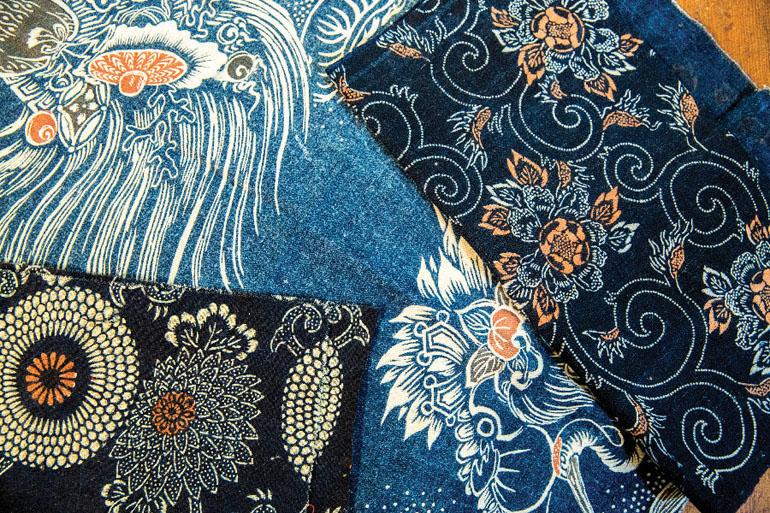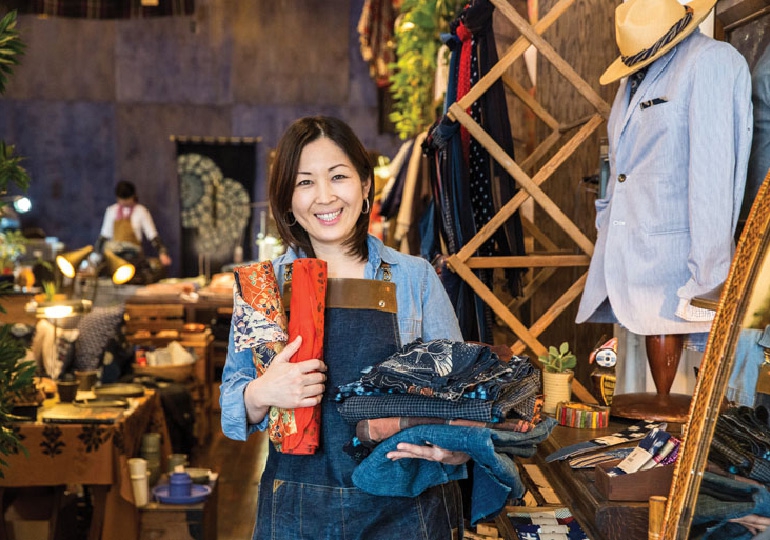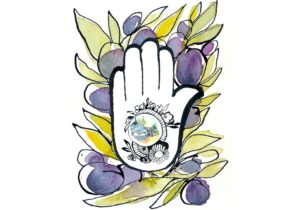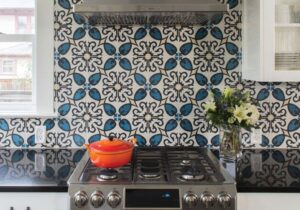Mornings begin slowly in the open workshop at the back of Kiriko Made, a Portland lifestyle brand with its own storefront in the thick of Chinatown. The staff fluffs and tidies stacks of hand-sewn blankets, pillows, house-designed T-shirts and neckerchiefs. Momoko Kanaoka, the store’s lead product designer and production manager, flips on the aromatherapy lamp, sending a bright-scented stream of lemongrass into the air. Soon, global beats pump alongside the hum of sewing machines.
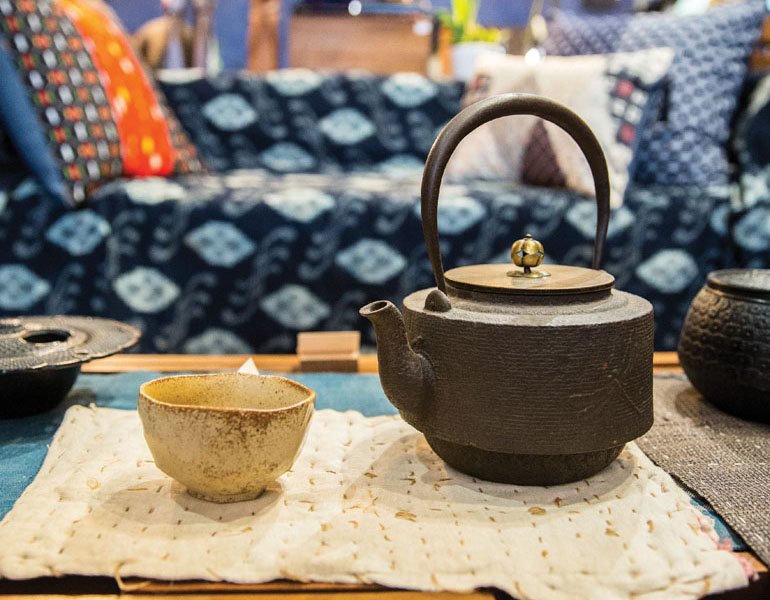
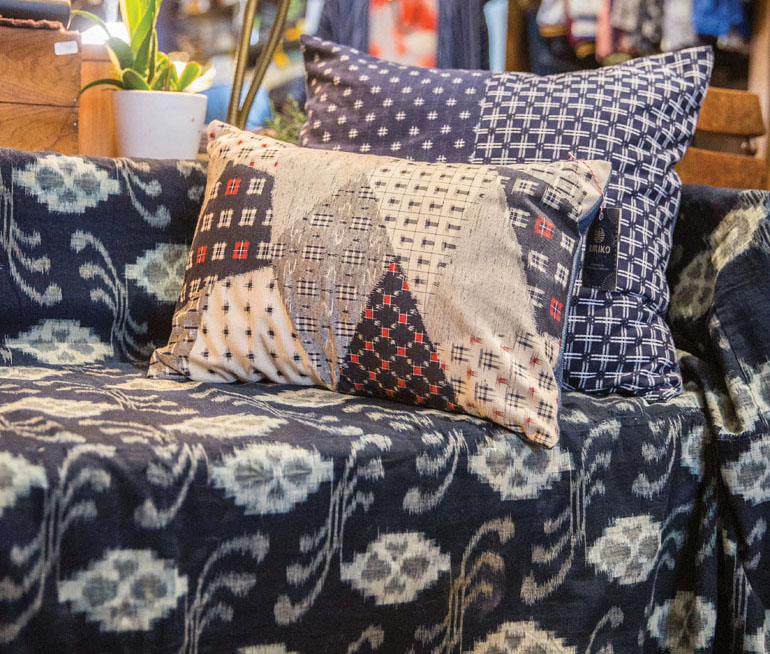
“If this was a pure Japanese fashion store, I wouldn’t dream of working here,” said Kanaoka, a textile artist who also designs her own bag brand, Baby Peach.
The brainchild of Katsu Tanaka—whose first store, Compound, found its footing in streetwear and pop fashion (and is located a few blocks north)—Kiriko Made resembles nothing from our high-trend, fast-paced consumer culture. Instead, its artisans craft lifestyle products that address the spirit of the Japanese phrase Mottainai, which, when invoked, means “What a waste!” The goal, Tanaka says, is to create an upscale culture rooted not in mass production but in artisan craftsmanship.
“We are reshaping the concept of luxury,” Tanaka said. “Instead of merely placing value in an object made from expensive materials, we find that the uniqueness of an object has the power to instill great value.”
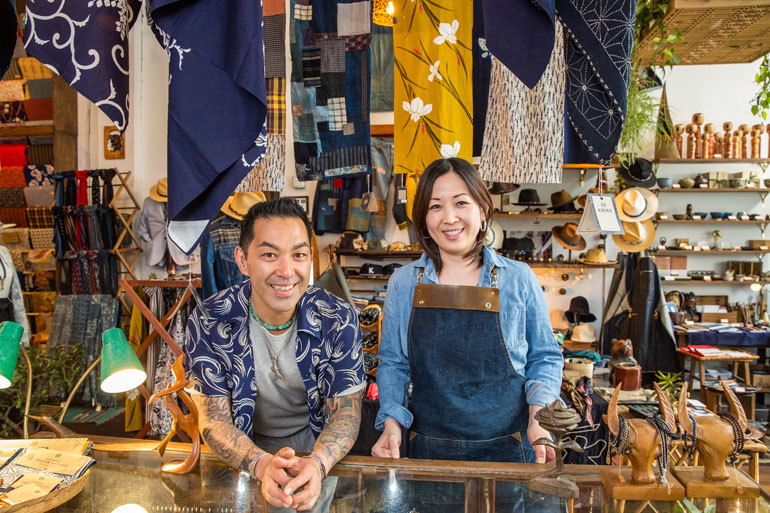
Katsu Tanaka and Momoko Kanaoka
Three seamstresses work in the open-concept workshop while visitors poke around the store. Everything on display is a compelling conversation between classic American and Japanese styles, married to create something new. Some shop visitors come for the look and feel of the products—pillows made with 1950s kimono fabrics, hand-dyed shibori table runners, bright floral textiles paired with vintage American denim on every manner of home goods. Still others who stop by to visit are drawn to the ethos of the operation, which exists in part to repurpose old fabrics of great value and ensure the craft behind them continues. The store sources these textiles through a variety of avenues: online auction sites, vintage fabric dealers, and direct contact with the few remaining great, small fabric houses of Japan.
“I have to be very careful with how much I use,” Kanaoka said. “Some of these fabrics are quite valuable, and the price of them is only increasing.”
As for the store’s handle, “Kiriko” is a Japanese word whose meaning changes depending on which characters are used. But in this case, it’s a completely made-up name honoring two very important people in Tanaka’s life. Yes, even the brand name is repurposed.
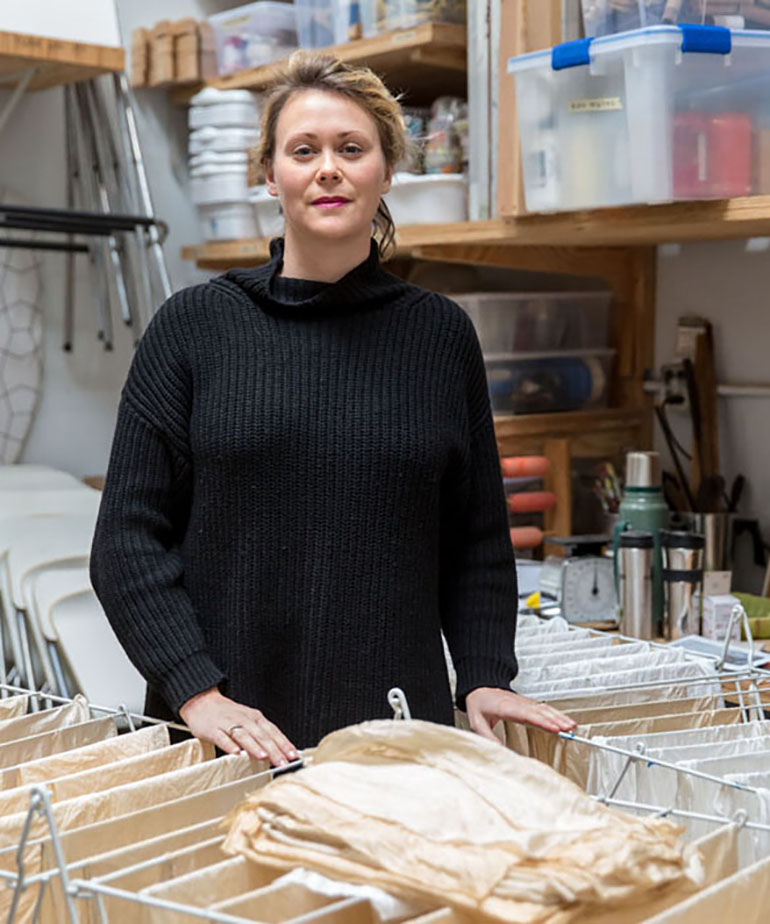
Fabric Aficionado: Know Your Vintage Japanese Textiles
Kasuri
A 12th-century resist-dyeing technique producing patterns with a brushed or blurred appearance.
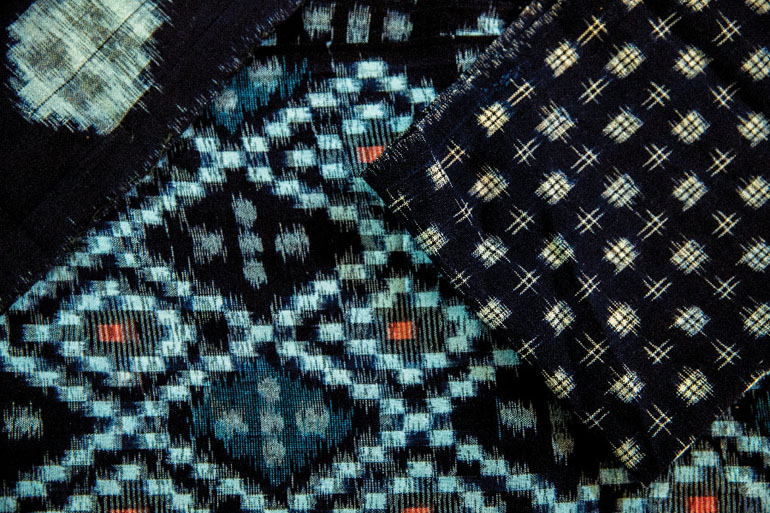
Shibori
Sometimes called the Japanese version of tie-dye, this is a manual resist technique that produces patterns on fabric, often using indigo and is the oldest of the Japanese fabric-dyeing methods.
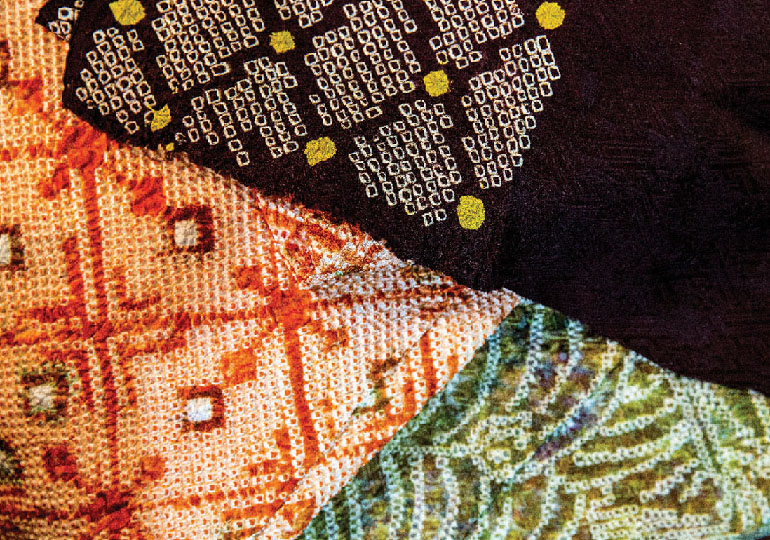
Katazome
This process employs a paste-resist technique to dye cloth and paper, drawing on elements of print-making and painting to create an all-over pattern similar to brocade.
